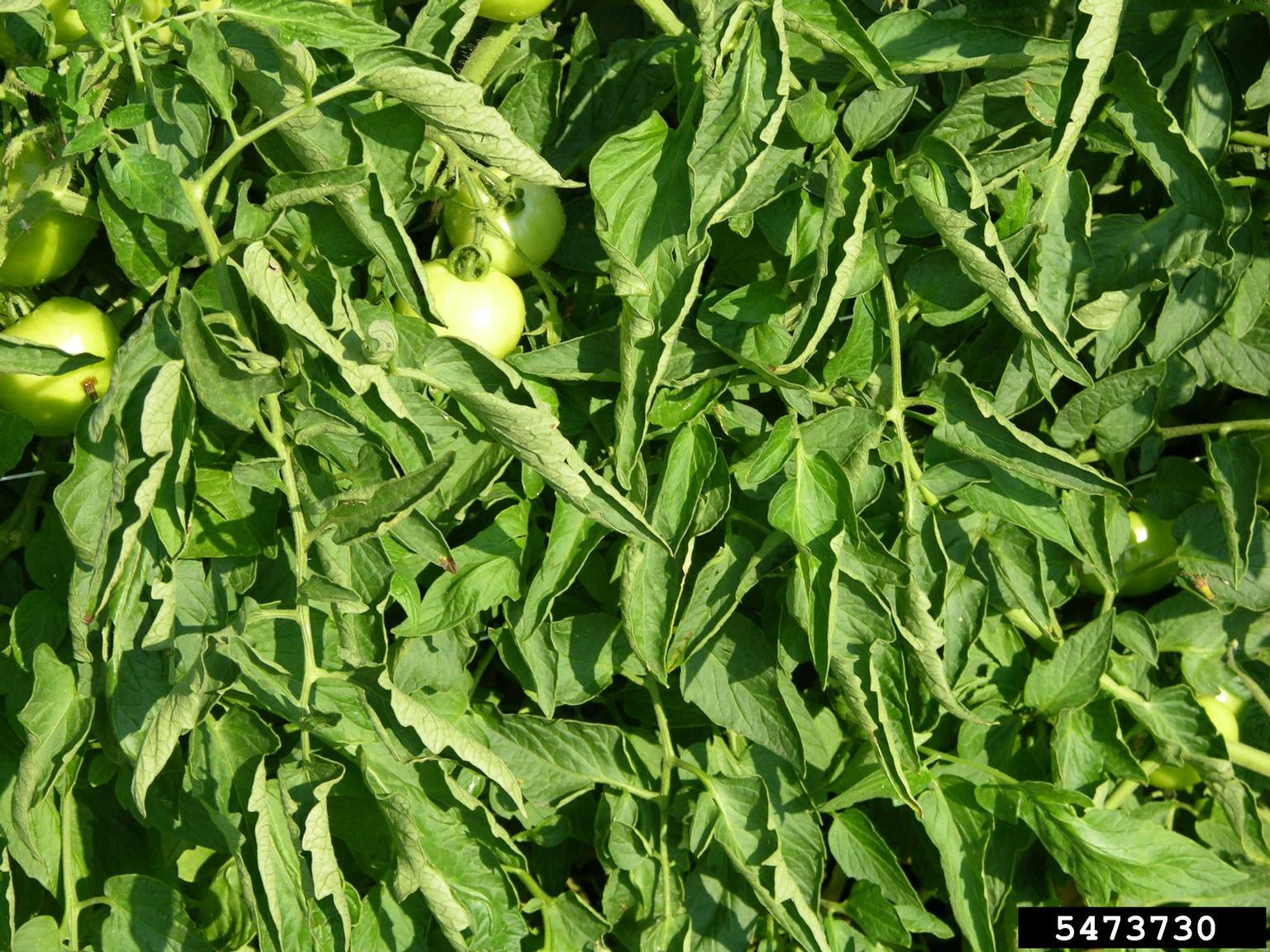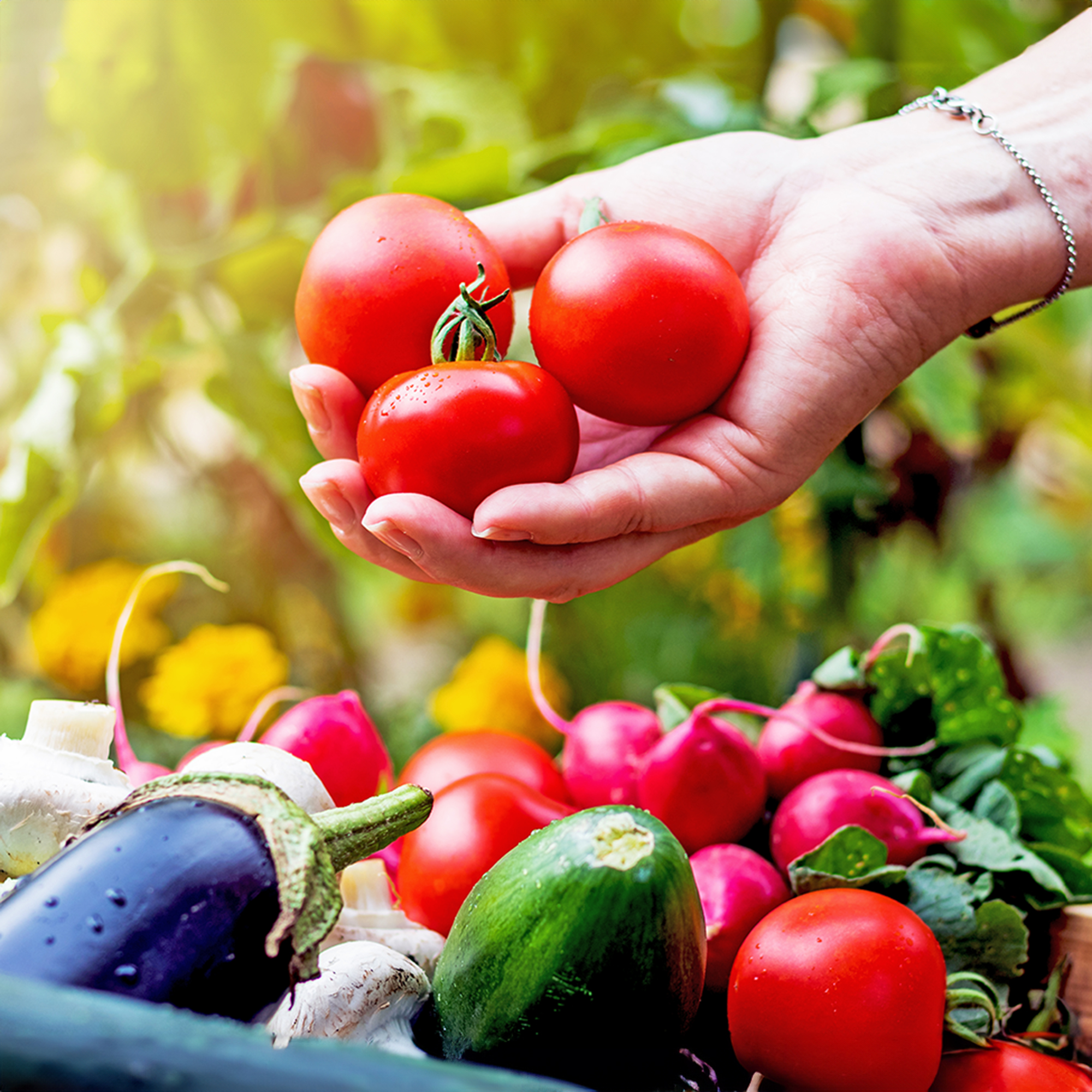Physiological Leaf Roll In Tomato: Reasons For Physiological Leaf Curl On Tomatoes


Leaf roll is a well-documented symptom of several viruses and diseases. What causes physiological leaf curl on tomatoes that are not diseased though? This physical anomaly has several causes, mostly cultural. Is tomato physiological leaf roll dangerous? The curiosity has not been shown to reduce yields or plant health but seems to concern gardeners nonetheless. Read on for tips on preventing physiological leaf roll on tomatoes.
Recognizing Physiological Leaf Roll in Tomato Plants
Curled tomato leaves can be caused by factors like disease, environmental changes, and even herbicide drift. In healthy plants, the causes of physiological leaf roll in tomato can be difficult to uncover. This is because the effect may be caused by one situation or the result of several, and nature has a place in the occurrence. This can make uncovering the reason a bit tricky.
Seemingly healthy tomato leaves will curl or roll at the center, producing a loose cigar-like effect. The lowest, oldest leaves are affected initially. At first glance, it seems to be a response to lack of water or heat and that first inkling may be based in fact. Or it could be something else.
The condition can occur at any time during the growing season and does not affect the stems, flowers, or fruit. It seems to occur more frequently in indeterminate varieties of tomato. Cultivars which produce high yields also seem to be more susceptible.
Is Physiological Leaf Roll Dangerous?
No information on physiological leaf roll on tomatoes lists it as an issue of concern. Since fruiting does not seem to be affected and plants remain relatively healthy, it simply produces unnecessary distress in the gardener's mind. The plant will continue to produce and grow until the end of the season.
In order to calm any fears, it is important to consider what might be contributing to the phenomena. Possible suspects include:
- high nitrogen conditions
- pruning during hot, dry periods
- excess upper leaf growth during hot periods
- transplant shock
- heat or drought
- root injury
- phosphate deficiency
- chemical injury
How to Treat Physiological Leaf Curl
Selecting determinate cultivars may be key to preventing physiological leaf roll on tomatoes. Keeping soil temperatures below 95 degrees F. (35 C.) by using mulch or evaporative cooling is also an effective strategy.
Gardening tips, videos, info and more delivered right to your inbox!
Sign up for the Gardening Know How newsletter today and receive a free copy of our e-book "How to Grow Delicious Tomatoes".
Avoid overfertilizing and excessive pruning. Maintain consistent soil moisture and make sure young transplants are hardened off before planting outdoors. Be cautious when weeding around young plants to avoid damaging the roots.
If you are spraying a chemical herbicide in the garden, do so when there is no wind to avoid unintended chemical injury.
Plants can recover if conditions become more favorable and your tomato crop will be unaffected.

Bonnie Grant is a professional landscaper with a Certification in Urban Gardening. She has been gardening and writing for 15 years. A former professional chef, she has a passion for edible landscaping.
-
 Which Invasive Shrubs Should You Avoid Growing? Plus, Best Natives To Plant Instead
Which Invasive Shrubs Should You Avoid Growing? Plus, Best Natives To Plant InsteadCertain plants may look lovely but they can wreak havoc to local areas and native wildlife. Here are the key invasive shrubs to avoid – with recommendations on gorgeous native alternatives to try
-
 What Not To Plant With Tomatoes: 8 Bad Neighbors That Could Ruin Your Harvest
What Not To Plant With Tomatoes: 8 Bad Neighbors That Could Ruin Your HarvestNot all companion plants are beneficial – some can sabotage your tomatoes. Find out which ones to keep at a safe distance in the garden.